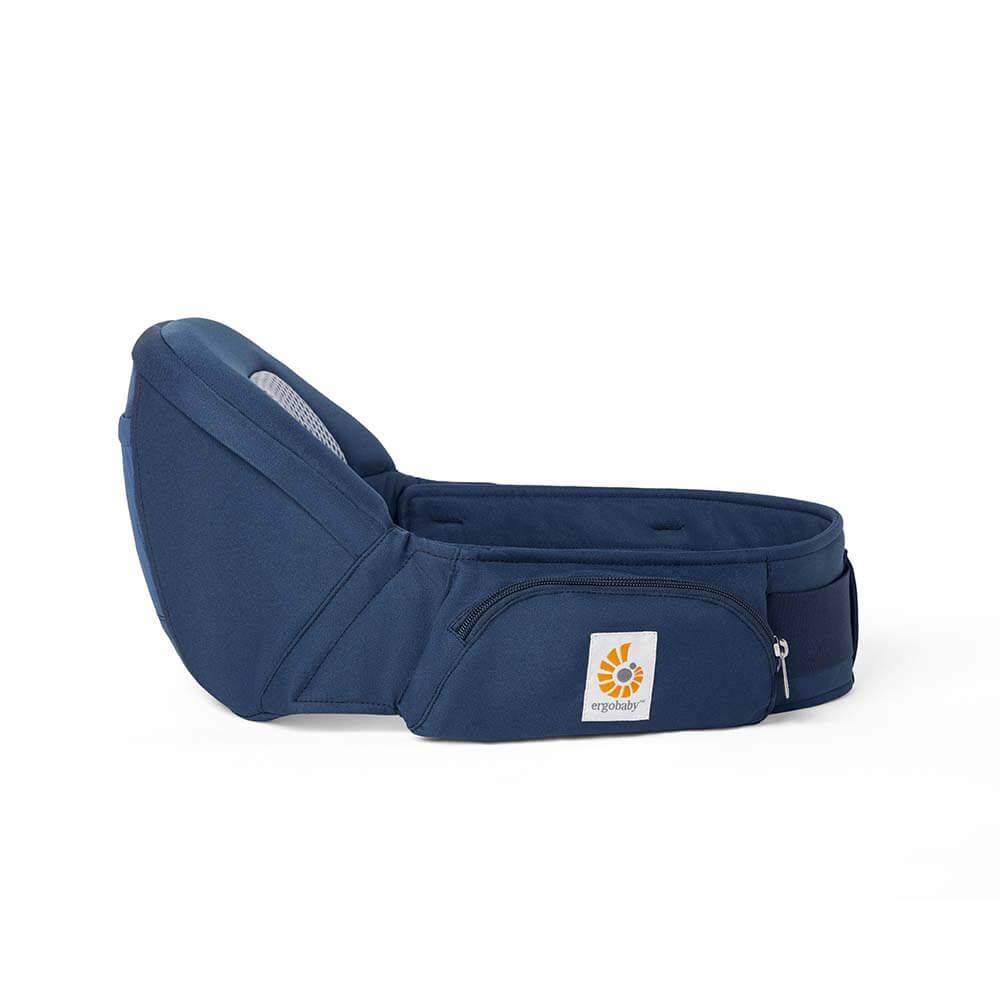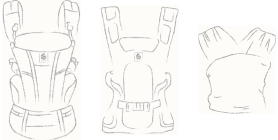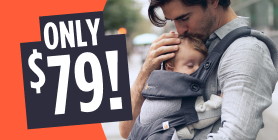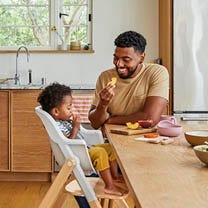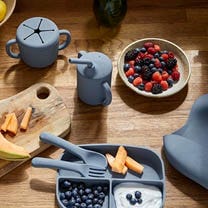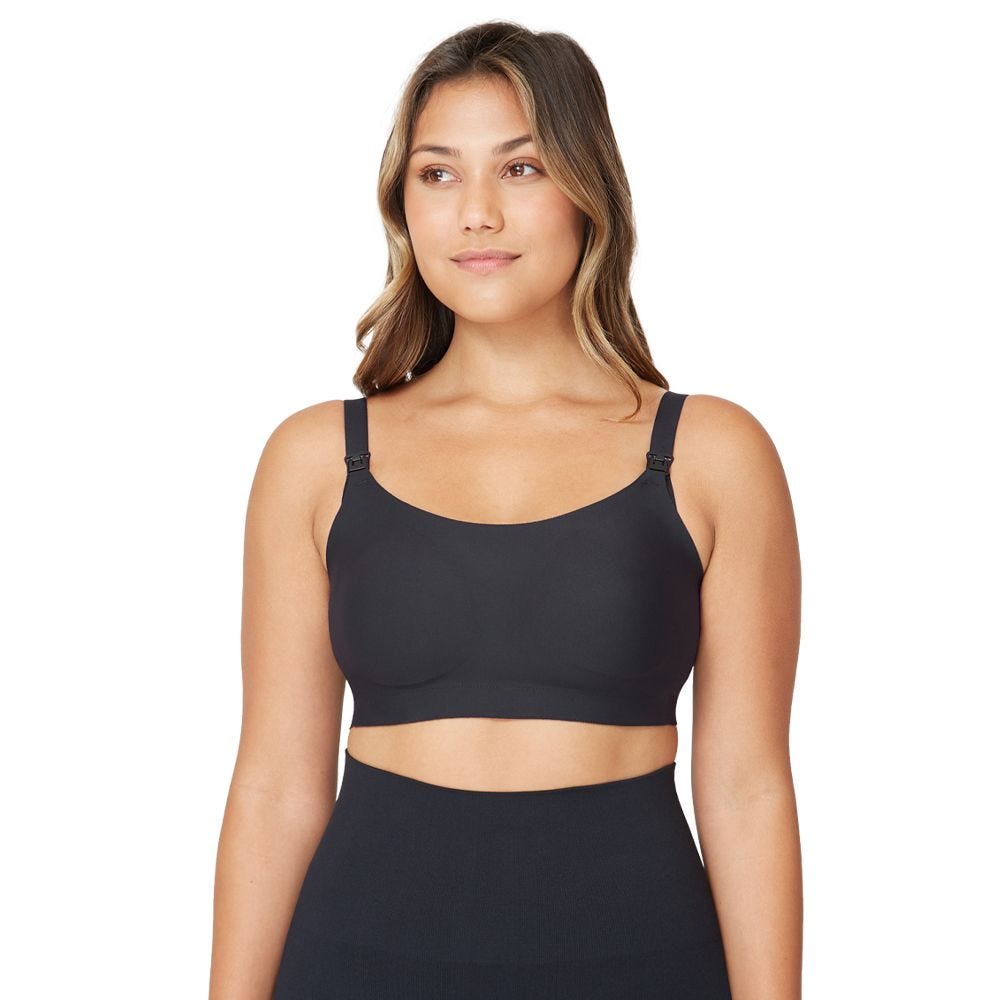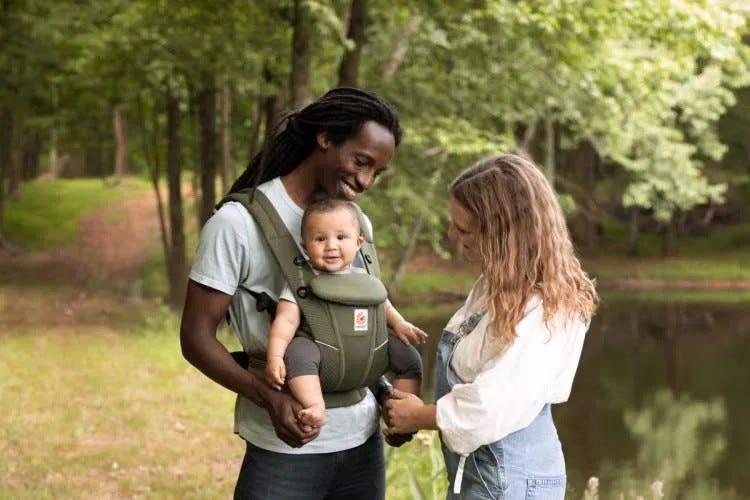Page 2 - Kirsten Metcalf
Congrats! You’re going to be a grandparent. New babies are fun for the entire family, but especially grandparents. And do you know what’s almost as gratifying as becoming a grandparent? Getting to spoil the new little one with baby’s first gifts from his grandparents. But first grandchild gifts can be tricky. You have to find a balance between what you want to give, what his parents want and what the baby actually needs/can use. So if you’re ready to spoil your soon-to-be grandbaby but don’t know what makes an ideal gift, considering how many options are available these days, I’ve got you covered. Here are some first grandchild gift ideas that will make the receivers and givers happy.
Something Homemade

[Image: beechtreelandehandmade.com]
When you give a homemade gift made with love, it instantly becomes a family heirloom. If you can sew or knit, make a baby blanket or quilt. Store-bought blankets have nothing on ones made by grandma, and it’s something she can use later on
Every mom you know has probably told you that you’ll regret not using a baby carrier (I’m one of those moms). However, there are so many wraps out there, that it can be confusing for moms and dads to figure out what type of baby wrap to use much less how to use it. And you’ve likely heard or seen terms online like carrier, ring sling and infant wrap. These terms, and baby gear in general, can be really confusing. In this post, we’ll go over why you’d want a baby wrap, how to tie a baby wrap and tips for tying and using a baby wrap.
Why Should You Use a Baby Wrap?
If you’re like me, you can’t seem to make any big, or slightly big, decisions without drafting up a Rory Gilmore-style pro-con list. Here’s yours for a baby wrap carrier.
Pros:
1. Wraps are an ideal tool for early postpartum days
Baby wraps are an excellent choice for mamas in the early days postpartum. While several of our carriers are newborn friendly (like the Omni 360) and can be used from birth on up, a baby wrap like the
Have you ever wondered about babywearing? It’s a great thing to try! There are so many wonderful benefits of babywearing. From supporting baby’s natural posture to reducing infant crying, strengthening the bond between baby and her caregivers and more, using a baby carrier is a win-win for you and your baby, emotionally, cognitively and physically.
But if you’ve never used a baby carrier, everything is new and unknown. So, you might be asking yourself things like what kind of ergonomic baby carrier should you use? When can you start using a baby carrier? Is a baby carrier safe for newborns? What about baby carrier safety and hip dysplasia?
Here are the basic things you need to know about using a baby carrier.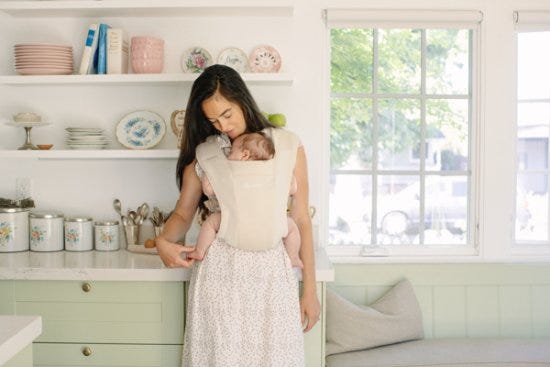
1. You can start using a baby carrier from day one.
So, let’s start with the question: is a baby carrier safe for newborns? Yes, but it depends on a few factors. Some parents think they can’t use a baby carrier until their baby is six weeks old
When you’re looking for a baby carrier for your newborn, you want one that’s comfortable for you and your baby; one that evenly distributes your baby’s weight and doesn’t put unnecessary pressure on your back and shoulders. But even more importantly, you want an ergonomic baby carrier because it properly and safely supports your little one.
What is an ergonomic baby carrier?
An ergonomic baby carrier supports the natural posture of babies, while encouraging healthy hip development. It should support your baby’s legs up to the backs of his knees, so his entire legs don’t dangle, but he can still freely move his lower legs as he gets a little older. An ergonomic carrier comes with a wide, comfortable base that supports your baby’s weight so more of it is on her bottom rather than her crotch and holds your baby’s hips and legs in a frog leg or M shape. In this ergonomic position, your baby’s bottom is lower than her knees, while her knees and hips are level with one another and her hips are
When my daughter was seven months old, my husband and I took her across the country on a red-eye, followed by two weeks of road tripping and camping. We purposefully booked a night flight, thinking she’d sleep through the whole thing and we’d arrive at our destination ready to hit the road. Instead, she stayed awake the entire time, refused to fall asleep once we landed, and left us with literal red eyes and terrified of what lay ahead of us. It ended up being an incredible trip, but we’ve learned a thing or two since then, and it has made our subsequent trips much smoother. Here’s what has helped us travel with a baby in the past:
Let Go of Expectations
Try to stick to any home routines wherever possible, such as bedtimes or mealtimes. Other than that, just go with the flow.
Adjust Ahead of Time
If you’re going somewhere with a significant time difference, begin adjusting a few weeks ahead of time by staying up an hour or two later, or rising an hour or two earlier.
All About Baby Carriers
Breastfeeding is a beautiful and natural way to nourish and bond with your baby, but it can also present its fair share of challenges. Whether you're a first-time mom or have previous breastfeeding experience, this ultimate guide aims to provide you with the knowledge, tips and techniques you need to navigate the joys and complexities of breastfeeding with confidence. In this post, we'll address common concerns and dispel myths surrounding breastfeeding, helping you make informed decisions that align with your individual needs and circumstances. So, let's embark on this incredible journey together, arming ourselves with knowledge and unwavering support as we navigate the incredible world of breastfeeding.
Breastfeeding Myths
First, let’s address a few myths. It’s no secret that everyone has their own experiences and opinions when it comes to breastfeeding, but it can be hard to know what’s true and what’s actually false. So, here are a few myths that commonly get passed around. “Colostrum
Baby carriers are a lifesaver for many parents. But as a first-time parent, you probably have a lot of questions about baby carriers, like when can I start putting my baby in a baby carrier and at what age or weight can my baby sit forward facing in a baby carrier?
With my first child, I had lots of babywearing questions. But with a little research, and learning while babywearing with my son, I found the answers and am here to answer your questions about forward facing baby carriers.
When is it safe to put my baby in a baby carrier?
You can start using a baby carrier from day one. Most are meant to hold babies when they’re a newborn up to 2-3 years old. Babies who are younger than 4-6 months should only be carried in the inward facing position in your newborn carrier with proper head, neck, hip and bottom support.
When can a baby face forward in a carrier?
Unlike car seats where age and weight are the two factors used to determine
Summer is upon us, and with that comes lots of visiting our beautiful National Parks. Have you ever been to one? There are 58 National Parks in the US, with plenty of Mother Nature's beauty to explore. And the best way to visit these places with your little ones? While babywearing. Not only do the wearer and baby get to bond while taking in some of the most beautiful sites you'll ever see, there are a few great reasons to choose babywearing when national park-hopping:
- Safety. The safest place for baby is on you, and when you're exploring with your family, it's great to have your little one on your front, hip, or back. Rocky terrain, potentially hazardous conditions for new walkers, all wonderful reasons to have your baby on you. There's always time to explore on their own two feet, but when you're trying to get a hike in or check out a new spot in the park, babywearing is key.
I’ve heard numerous people say something along the lines of, “don’t go to Disneyland with young kids. They won’t remember it, and you won’t have fun.”
It’s true your baby won’t remember their first time going on It’s a Small World (or get that song stuck in their head), but going to Disneyland with a baby can be a fun, stress-free experience.
I’ll even give you the cliche that your experience will be magical and your whole family will know they’re at “The Happiest Place on Earth”—but only if you follow these 10 tips and tricks for doing Disneyland with a baby:
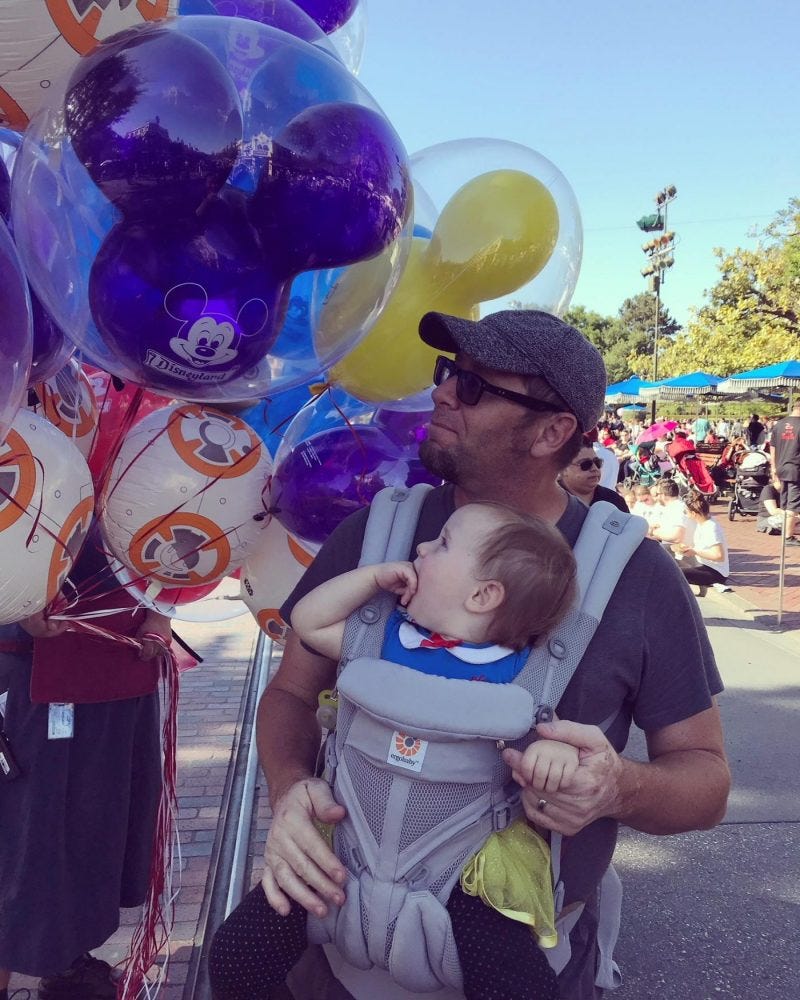
1. Bring a stroller that reclines, is reversible and has a sunshade
Your baby will nap while you’re in the park, and a reclining stroller ensures they’ll sleep comfortably. Even better than one that only reclines is a baby stroller with a full-coverage sunshade. They call it sunny California for a reason, and you don’t want your baby in the sun all day. The sunshade protects your baby, and a stroller means you never have to
Having a baby is hard. Raising that little baby is even harder. But there are all kinds of parenting hacks out there to help make parenting a little easier, like putting vapor rub on a child’s feet and socks over them to relieve nighttime coughing, or using a shower caddy to corral road trip essentials. Here’s another one you may not know about: a reversible stroller.
How do reversible strollers make parenting easier?
Reversible strollers were designed to make life simpler for active, on-the-go parents or parents who just want life to be a little less complicated when they need (or want) to leave the house. Picture yourself in these two scenarios and ask yourself, “Would I rather have a reversible stroller or a traditional stroller that only faces one way?” Scenario 1: You’ve been cooped up inside your house for three days straight. You have to get out of the house, so you decide to go for a walk. After one turn and only two minutes of being outside, it’s all of the sudden





